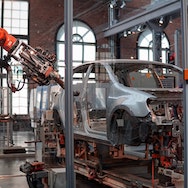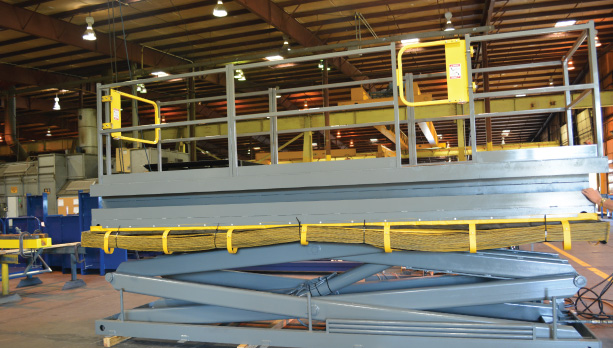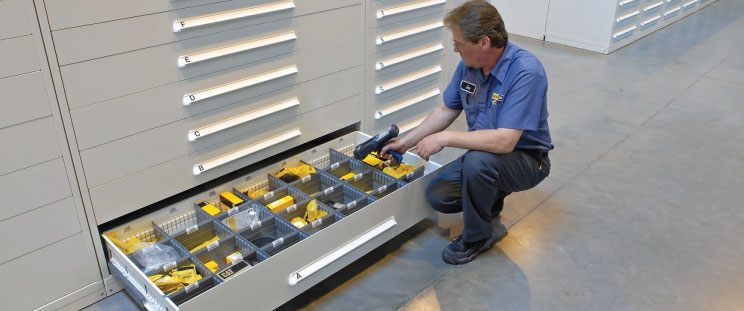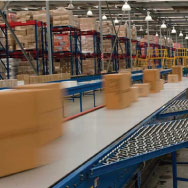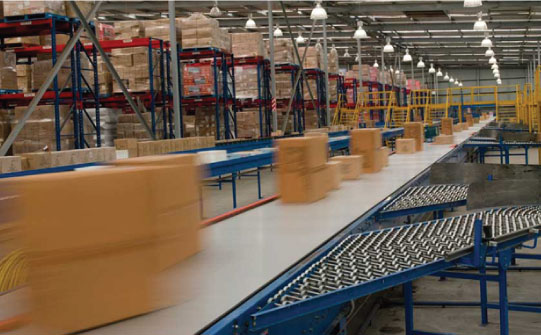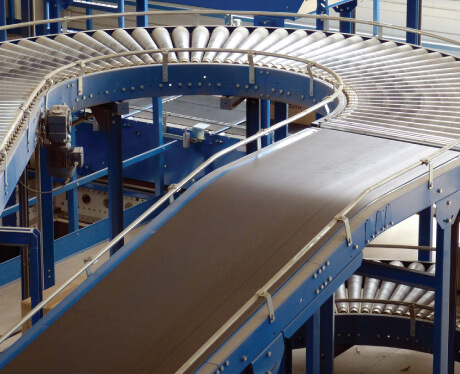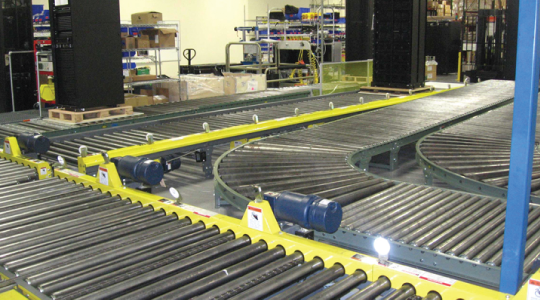4 Types of Material Handling Equipment
In a situation where it’s crucial to move large or heavy materials, you’ll need something to help. These heavy materials certainly can’t be moved through sheer willpower. That’s where material handling equipment comes into play.
Just what is material handling equipment? It’s the equipment that you will use to help you move a large or heavy object, store items between uses, and transport a product to its destination. That’s a pretty broad definition, defining anything from transportation to storage and control of the product.
While the definition of material handling equipment is broad in and of itself, there are certain types of equipment that are used for specific, individual purposes. Let’s take a look at what this all entails. Here are the four main types of equipment for material handling.
Storage and Handling Equipment
Providing your team with the right equipment helps them function more efficiently and reach higher levels of productivity. Their workstations matter. By outfitting the workstations with ergonomic equipment and storage solutions, you are enabling your workers to thrive at what they do best.
These simple storage equipment will help your team stay organized and efficient. These items include:
- Shelves
- Racks
- Bins
- Stacking frames
- Drawers
Your entire production system is maximized when it operates efficiently and has an organized space.
Bulk Material Handling
The storage, control, and transportation of bulk materials are done by bulk handling equipment. These are pieces of equipment that handle items when they are loose. By controlling the unpackaged items, you are able to streamline your production and packaging lines and increase the productivity of your employees. Examples of bulk handling equipment include:
- Conveyor belts
- Hoppers
- Silos
- Dump trucks
- Stackers and reclaimers
These items store your product until it is ready to be used. Sometimes the storage container funnels these items so they can be easily packaged and distributed.
Modular Office Spaces
Modular buildings can be put up practically anywhere and can be customized to fit all your needs. These structures are reconfigurable so that as your business model evolves, your building can change with it.
By creating modular office spaces, you can quickly add employees during busy times without purchasing or leasing another building. In slow times, this space can be used for storage for equipment or documentation.
Industrial Trucks
This term loosely defines a variety of equipment, from pallet jacks to forklifts. The one thing they do have in common though — they all provide a way to move an item from point A to point B. When we think trucks, we usually think large vehicles, and while this category of material handling equipment can include large trucks, it also includes smaller ones that can create mobility for an object being handled.
Some of these trucks include:
- Pallet trucks
- Pallet jacks
- Order pickers
- Walking stackers
- Side-loaders
- Automated guided vehicles
Some of these trucks can be driven by humans, and some are completely automated — following a pre-defined track on a floor. But they all have the ability to transport your product to its final destination.Material handling equipment is a broad term that encompasses many different items. It’s hard to know exactly what someone is talking about without more specific details on that person’s situation. But one thing is certain: companies need different types of material handling equipment within their business. For more information on what types of equipment will benefit your operation, visit our product page today. If you know what you need, give us a shout — we’d be happy to put together a quote specific to your needs.


